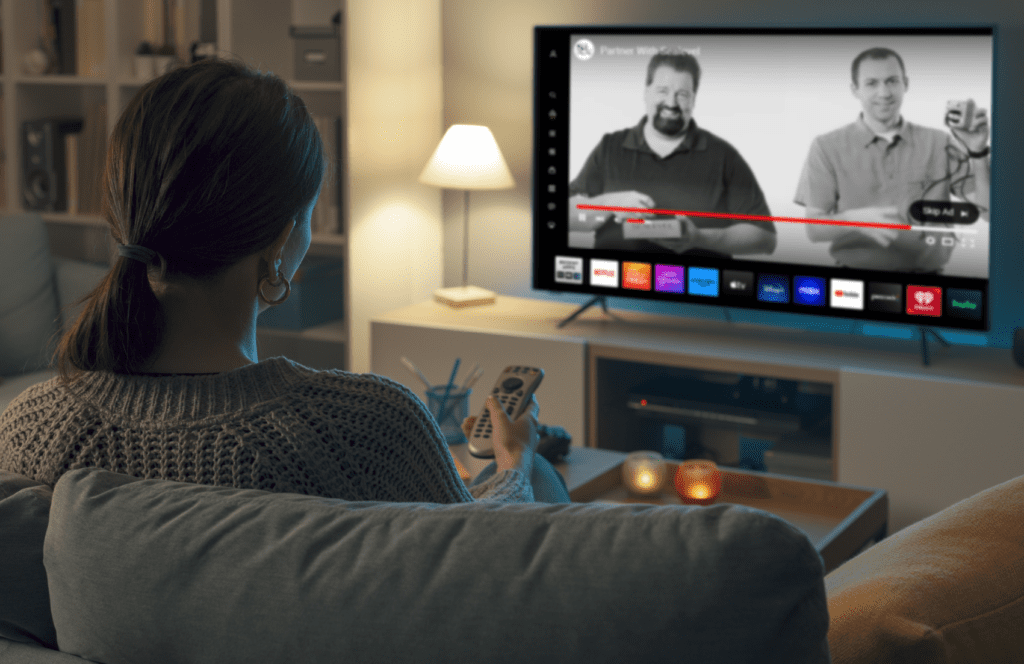7 Programmatic Advertising Trends to Watch in 2024
September 3, 2024|

In the fast-paced world of digital marketing, keeping up with the latest trends in programmatic advertising is key to staying competitive. As technology advances and consumer habits change, new strategies and tools are on the rise to revolutionize how we do programmatic ads. Let’s explore some of the latest trends in programmatic advertising that you should be aware of.
1. AI and Machine Learning: The Smart Way to Advertise
Artificial intelligence (AI) and machine learning are making waves in programmatic advertising by automating and optimizing ad placements with accuracy. These technologies analyze tons of data to predict user behavior, helping you target your ads better and get a higher return on investment (ROI). By learning and adapting constantly, AI can show your ads to the right people at the right time, boosting engagement and conversions.
2. Contextual Targeting 2.0: Smarter Ad Placement
Contextual targeting has been around for a while, but now it’s getting a major upgrade. The new version uses advanced algorithms to understand webpage content more deeply, ensuring ads are placed in the most relevant contexts. This improves the user experience and increases the chances of engagement by matching ads with the right content.
3. Connected TV: The New Big Thing
Connected TV is quickly gaining popularity, blending the precision of digital ads with the wide reach of television. Using data-driven insights, advertisers can now target TV audiences with the same accuracy as online ads. This opens up new opportunities to reach viewers with personalized messages, changing the game for traditional TV advertising.
4. First-Party Data: The Goldmine
With privacy concerns rising and third-party cookies on their way out, first-party data is becoming more valuable than ever. Brands are focusing on collecting and using their own data to build detailed audience profiles. This not only ensures compliance with privacy laws but also improves targeting accuracy and personalization.
5. Dynamic Creative Optimization (DCO): Personalized Ads
Dynamic Creative Optimization is taking personalized ads to the next level. DCO uses real-time data to customize ad creatives based on individual user preferences and behaviors. This means each user sees an ad version that’s most relevant to them, increasing engagement and conversion rates. By constantly testing and optimizing creatives, DCO keeps your ads fresh and effective.
6. Voice-Activated Ads: Talking to Your Audience
As voice search and smart speakers become more common, voice-activated ads are a new way to engage consumers. These ads interact with users through voice commands, offering a seamless and interactive experience. This trend opens up new possibilities for brands to connect with audiences in a more natural and conversational way.
7. Programmatic DOOH: Digital Out-of-Home Advertising
Digital out-of-home (DOOH) advertising is evolving with programmatic technology. This trend allows advertisers to buy and place ads on digital billboards and screens in real-time, based on data insights. Programmatic DOOH combines the flexibility of online advertising with physical spaces, making it a powerful tool for reaching people on the move.
Applying These Trends in Our Hometown of Greenville, SC
To show how these trends can be used, let’s look at the Greenville Drive at Fluor Field. Here’s how you can leverage these programmatic advertising trends for this local favorite:
- AI and Machine Learning: Use AI to analyze past ticket sales and fan engagement to predict which games will have the most attendees, then target ads to these audiences.
- Contextual Targeting 2.0: Place ads on sports news websites and local blogs that discuss the Greenville Drive, ensuring your ads are relevant and engaging.
- Connected TV: Advertise upcoming games on local TV channels using programmatic TV to reach a broader audience with personalized messages.
- First-Party Data: Collect data from ticket purchases and newsletter sign-ups to create detailed audience profiles for future games and events.
- Dynamic Creative Optimization: Tailor ad creatives to highlight different aspects of the game experience, like family nights, special promotions, and player highlights.
- Voice-Activated Ads: Create voice-activated ads for smart speakers that promote game schedules and offer special deals for listeners.
- Programmatic DOOH: Use digital billboards around Greenville to promote upcoming games, targeting high-traffic areas for maximum exposure.
Conclusion
Keeping up with the latest trends in programmatic advertising is essential for staying competitive and making a big impact with your marketing. By using these innovative strategies, you can improve your campaigns, engage your audience better, and achieve great results.
To read more tips on programmatic strategies, check out our other programmatic articles. If you’re interested in partnering with STORY to optimize your current marketing efforts, visit our website to learn more about our programmatic ad services.